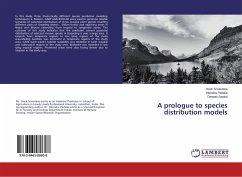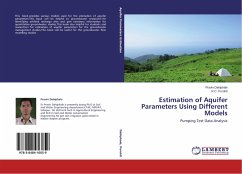In this study, three theoretically different species prediction modeling techniques i.e. Maxent, GARP AND BIOCLIM were used to generate reliable scenarios of potential distribution of three invasive plant species invading different parts of Darjeling district , Sikkim (India) and adjoining areas in Nepal and Bhutan extending from tropical to temperate zones. The outcome of this study indicates that the predicted current potential distribution of selected invasive species in Darjeeling is over a large area. It extends from temperate regions to low lying regions of the study area.Mailing bamboo was dominant in temperate regions of the study area, while syam weed's habitat suitability was modeled in both tropical and subtropical regions of the study area. Bushmint was modeled in low lying tropical regions. Protected areas were also facing threat due to invasion in the study area.
Bitte wählen Sie Ihr Anliegen aus.
Rechnungen
Retourenschein anfordern
Bestellstatus
Storno








